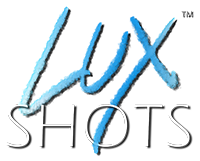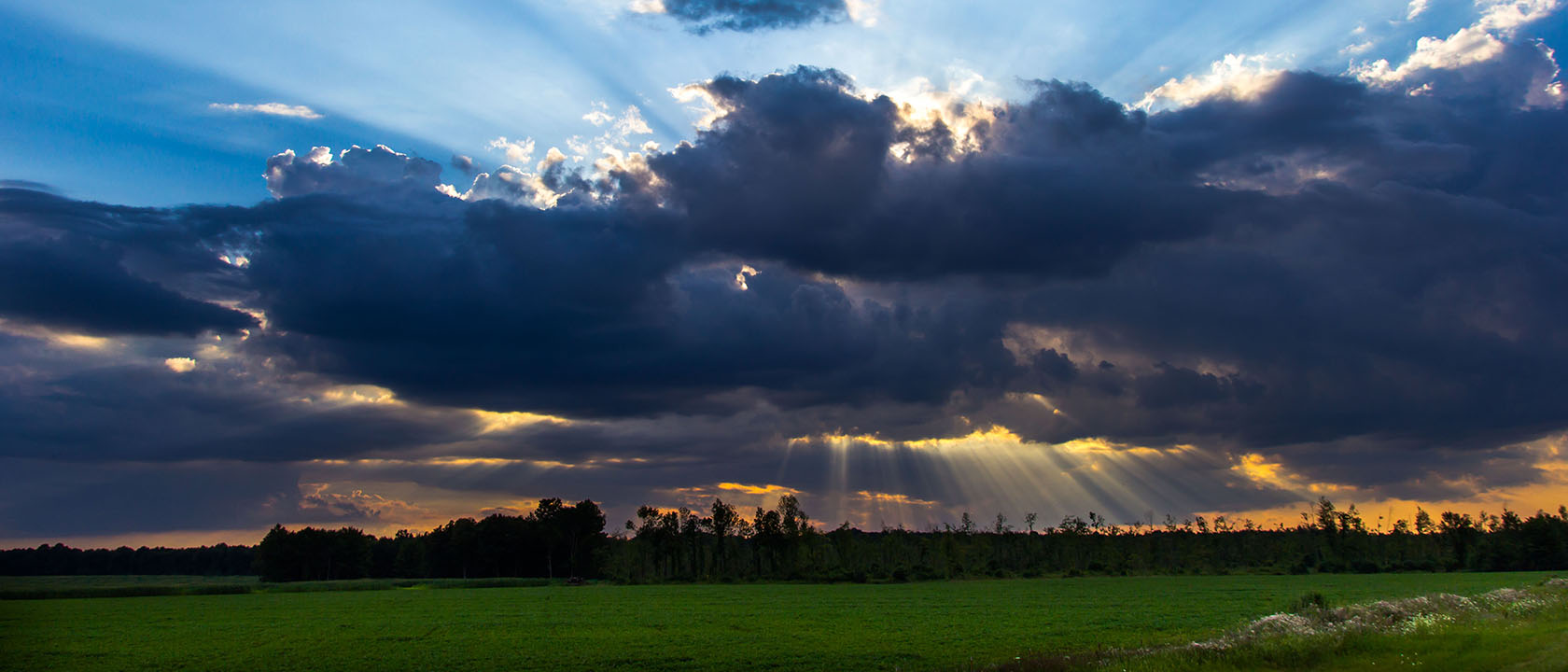If you rate the type of work from the most attractive jobs to the least desirable work, Advertising Agency, or Agency work always comes in at the top in my book.
There is nothing like doing a job with a dedicated creative director that is trained to relay exactly what they want captured within the a specified time window. Oftentimes that is not the case when you get a small business commercial where the client either isn’t certain what they want, or they will know it when they see it! This leaves you working triple time as the cinematographer/DP, creative directory (and if there is talent, the actual director!) as well as the producer.
This video was shot for the NFM + Dymun agency in Pittsburgh.


